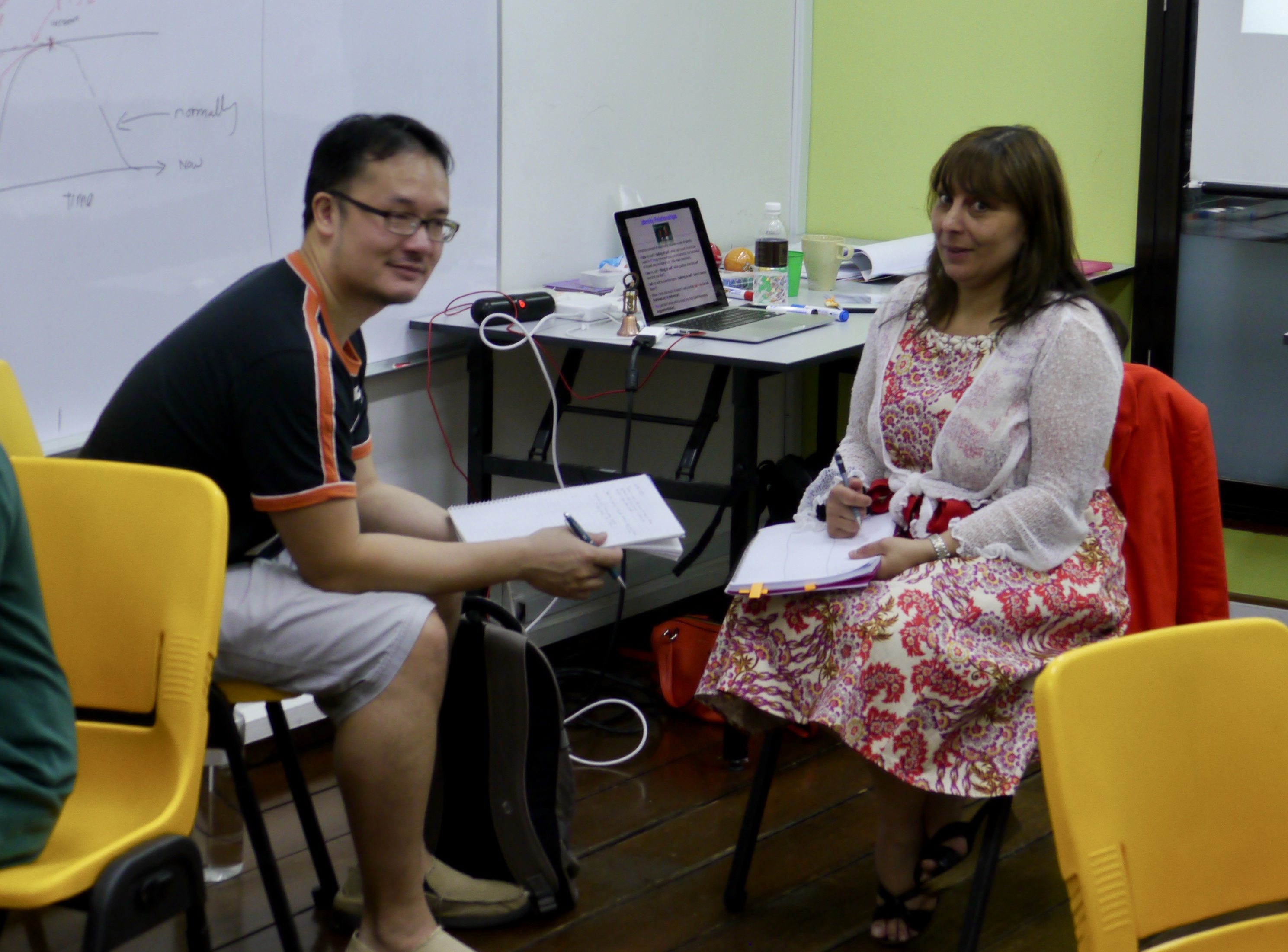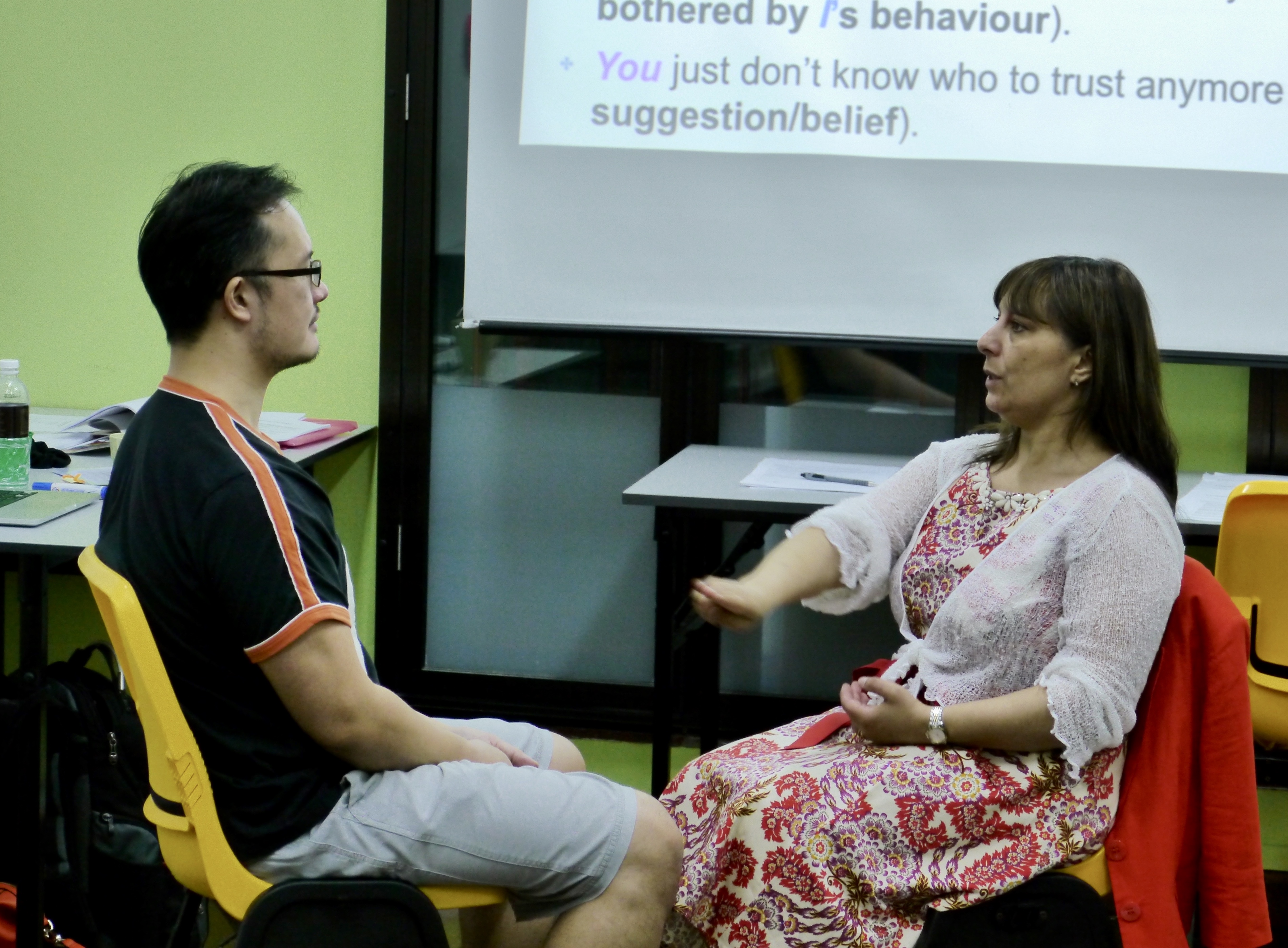| Posted by Sonia Richards on 08/07/2020 | 0 Comments |

In the past six years I have given many IEMT Trainings, some of which have been in person at various venues globally and some have been on line. People from a variety of different backgrounds attend, as the courses have been structured for those wishing for self help and self development, as well as for those who wish to use IEMT Professionally with clients. The types of therapist and coaches who attend also come from different backgrounds such as counselling, hypnotherapy, hypnobirthing, life coaching, NLP, psychotherapy, and psychiatry. Each has their own particular skill sets, beliefs and values about the type of work that they do and the help that they offer.
Those of you who have attend one of my trainings will know that I set the opening frame for this work as ‘The Discovery Frame’. This work for most people, will be something new and differ from any other type of talking therapy or therapeutic training that they will have attended before. For this reason I invite attendees to enter into a ‘discovery mindset’, to know that there will be some challenges along the way and to be open themselves to change. After all this is a change work modality. It does sometimes intrigue me however at how often it is that some of those involved in change-work and attending such courses, find it so hard to change their own thought processes, mindset’s and skillsets. Always wanting to go back into the comfort zone of their current therapeutic way of working.
In traditional talking therapies it is often unheard of for therapists to be taught to be comfortable with the discomfort of others. To not always strive for rapport or a set outcome and to not work in a completely empathetic way at all times. We have been taught on our hypnotherapy, psychotherapy counselling trainings etc, to be ‘non-judgmental’ and yet if we truly understand the brain at all, we should know that it is a survival instinct for humans to judge situations and that: The brain cannot, not judge.
A Time Magazine article based on a paper from the Journal of Neuroscience in August 2014 by Alexandra Sifferlin highlighted that:
“According to a new study published in the Journal of Neuroscience, the brain immediately determines how trustworthy a face is before it’s fully perceived, which supports the fact that we make very fast judgments about people.”
Even more uncomfortably for some give the times that we are living in, a paper in 2016 in the publication Psychology Today by Maria Azab was entitled:
“Why Is It Impossible to Not Judge People?
The brain involuntarily produces judgments about people's race and sex.”
She reported on two studies and one in 2000 by Phelps et al, where fMRI scans demonstrated that the amygdala activation is seen during implicit rather than explicit measures of racial bias and is potentially part of the non-conscious reflexive system. She says that:
“Even when people answer favourably on explicit measures of racial attitudes, they might still unknowingly possess negative attitudes.”
Now of course as human beings we have neocortex that helps us to put such responses into context and so for many we are not always going to be lead by our non-conscious responses without some ruminating and reflection. However the moment of discomfort created via thoughts, will still occur. This can may happen, for example, if a person’s belief is challenged by a trainer who is generalising, using statements such as, empathy is not required for IEMT work, or how it is vital that the Practitioner needs to be comfortable with others discomfort, will not always be received without judgment.
So many people find when, training in IEMT, that their long held beliefs in the ways of working with people are not always going to be the best fit for some clients and that by keeping people comfortable within their discomfort with soothing words and certain responses to what they think is being said, this can actually hinder the clients brain from becoming neurologically ‘unstuck’. It may help to make them feel a bit better about the situation, i.e. ameliorating the feelings, but it may not be than mobilise the brain and the body into making changes that are beneficial to that person in the long term.
One of the very first statements told to attendees on the IEMT Practitioner course is indeed that:
“They need to learn to be comfortable with other’s discomfort.”
That they may need to even elicit certain responses from a person in order to demonstrate how and indeed why this person is stopping themselves from changing or is indeed sabotaging past changes that they have made. Think of the person who Yo Yo diets or gives up smoking for a few months then starts again, or finds it difficult to deal with anxiety issues despite having attended various therapies such as CBT, counselling and so on.
Working with IEMT can mean working in a provocative way with clients. This is to get them reacting to statements that you may choose carefully to use, so that you can listen and watch for the telltale signs of what the person is really thinking or what their true nature or behaviour may actually be.
Also if we allow story telling in sessions then we can be enabling the client to go off on tangents or for them to tell their “preferred’ version of events. It will be that story that they have been telling for anyone who will listen, that either justifies their actions or position or attempts to invoke sympathy from the listener. In IEMT we need to work in such a way that the story isn’t actually what is being worked on. In all of the work that we do with clients, we must remember that mantra that I hope ALL IEMT Practitioner know off by heart and use regularly that:
My emotional state must be stronger than the clients problem.
Otherwise the person’s problem starts to lead the session and not the Practitioner. I will say it again:
My emotional state must be stronger than the clients problem.
Eliciting and challenging a client’s Patterns of Chronicity can be crucial in order for new learning to take place, after all IEMT should be as much about educating people as it is about therapy or coaching. You know the old adage - Give a man a fish…etc.
So coming back to IEMT Training there will be people who find that they are out of their comfort zone during the training. For example, when they are being told not to indulge in idle chit chat during the process, not to accept certain non-specific language and behaviours with words such as, probably, maybe, sort of 6 or 7 out of 10 and so forth, not to deviate from the very specific and highly researched and crafted language of the IEMT Protocols (some people just can’t help themselves from thinking they know better than the person who actually developed IEMT) and to be comfortable with others discomfort. Not to rush in with tissues at the first sign of tears, to hold the space, and remember not all 3 Stage Abreactions are overt. Some are very subtle and some end up with tears instead of shouting.

Those of you still struggling with the concepts of working this way either currently doing Cases Studies or even having finished the process and are newly qualified Practitioners, must apply the teaching of IEMT to themselves as I cover on my courses. If you are feeling uncomfortable with the process find out why, what are you resisting or judging? What is about leading a session and not following a story that is challenging? Why do you find it difficult to learn four well structured questions in the kinaesthetic work or the simple and clean wording for the Identity work? And what is it about the Patterns of Chronicity that you are either missing or feel unable to challenge? Also remember that I do offer mentoring on such issues so you can always contact me for assistance. Do remember though that I will challenge you and that I am always comfortable with others discomfort, so that true change can then take place and the “Aha” light bulb moment happen.
For my upcoming courses of the IEMT Practitioner and Advanced Practitioner please click on the Courses link.
|
|
|
|
|
|
|
|
|
|
|
|
|
|
|
|
|
|
|
|
|
|
|
|
|
|
|
|
|